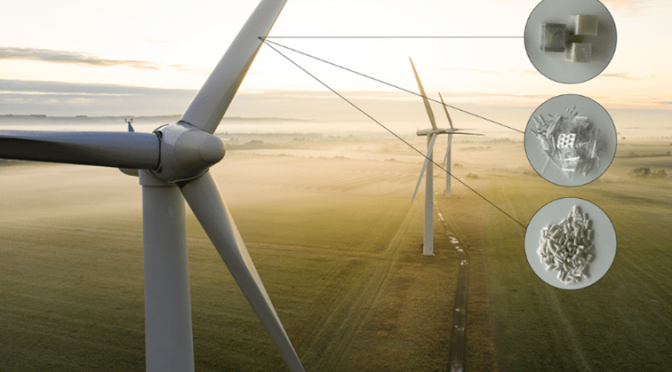As the global demand for renewable energy continues to grow, wind farms are becoming an increasingly popular option for meeting this need. However, as the world’s climate becomes more unpredictable, wind farm designs must adapt to withstand extreme weather conditions. In this article, we will explore some of the innovative ways in which wind farm designs are being adapted to cope with the challenges posed by extreme weather events.
One of the most significant challenges faced by wind farms is the risk of damage caused by high winds. Traditional wind turbines are designed to operate optimally at specific wind speeds, typically between 10 and 25 meters per second. However, extreme weather events can cause wind speeds to exceed these limits, resulting in potential damage to the turbines and reduced efficiency. To address this issue, engineers are developing new wind turbine designs that can withstand higher wind speeds without suffering damage. One such innovation is the use of segmented blades, which can flex and twist in response to high winds, reducing the risk of damage and allowing the turbine to continue operating efficiently.
Another challenge faced by wind farms is the risk of ice accumulation on turbine blades. Ice can significantly reduce the efficiency of a wind turbine, as it disrupts the aerodynamic profile of the blades and adds extra weight, causing the turbine to slow down or even stop. To combat this issue, engineers are developing innovative de-icing technologies, such as heated blade surfaces and hydrophobic coatings, which can prevent ice from forming on the blades or cause it to be shed more easily.
Extreme weather events can also cause fluctuations in wind patterns, making it more difficult for wind farms to predict and harness the available wind energy. To address this challenge, researchers are developing advanced weather forecasting models and data analysis techniques that can provide more accurate predictions of wind patterns, allowing wind farm operators to optimize their turbine operations and maximize energy production.
In addition to adapting turbine designs, wind farm operators are also looking at ways to make their infrastructure more resilient to extreme weather events. For example, they are investing in more robust transmission lines and substations that can withstand high winds and other weather-related stresses. They are also exploring the use of energy storage systems, such as batteries, which can store excess energy generated during periods of high winds and release it when wind speeds are lower, helping to smooth out fluctuations in energy production.
Furthermore, the planning and siting of wind farms are also being adapted to take into account the potential impacts of extreme weather events. This includes conducting detailed assessments of the local climate and weather patterns, as well as considering the potential impacts of climate change on the wind resource over the lifetime of the project. By carefully selecting the location of wind farms and designing them to withstand the specific challenges posed by the local climate, developers can help to ensure the long-term success and resilience of their projects.
In conclusion, as the world’s climate becomes more unpredictable, it is essential that wind farm designs adapt to withstand the challenges posed by extreme weather events. By developing innovative turbine designs, investing in more resilient infrastructure, and carefully planning the siting of wind farms, the renewable energy industry can continue to grow and provide a sustainable source of power for the future. As we face the increasing impacts of climate change, it is more important than ever that we continue to invest in and develop renewable energy sources, such as wind power, to help reduce our reliance on fossil fuels and mitigate the worst effects of global warming.


